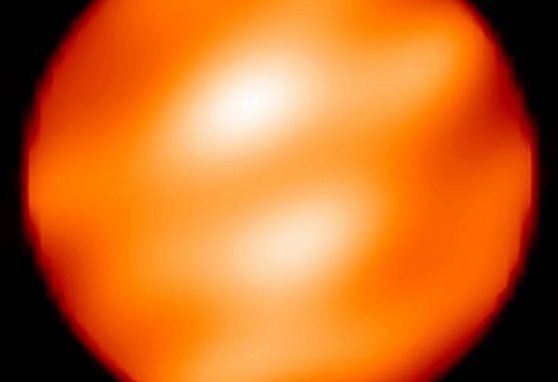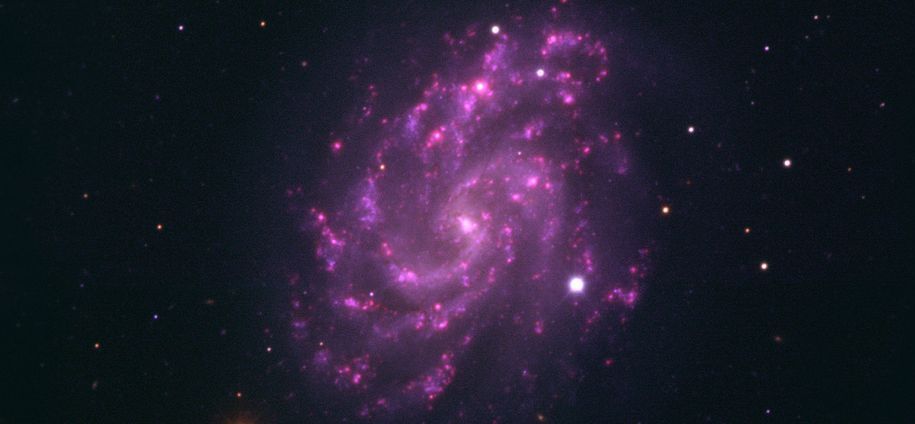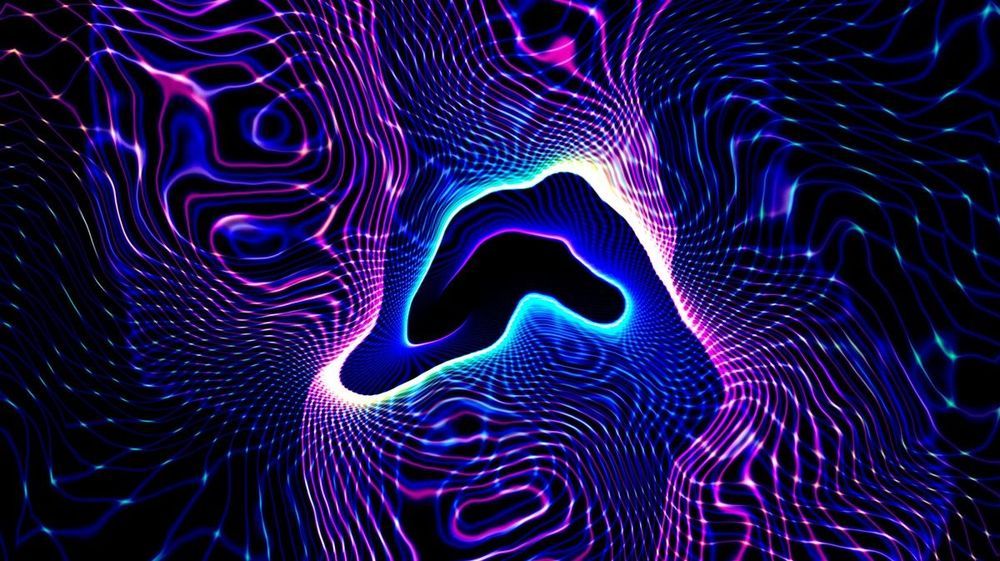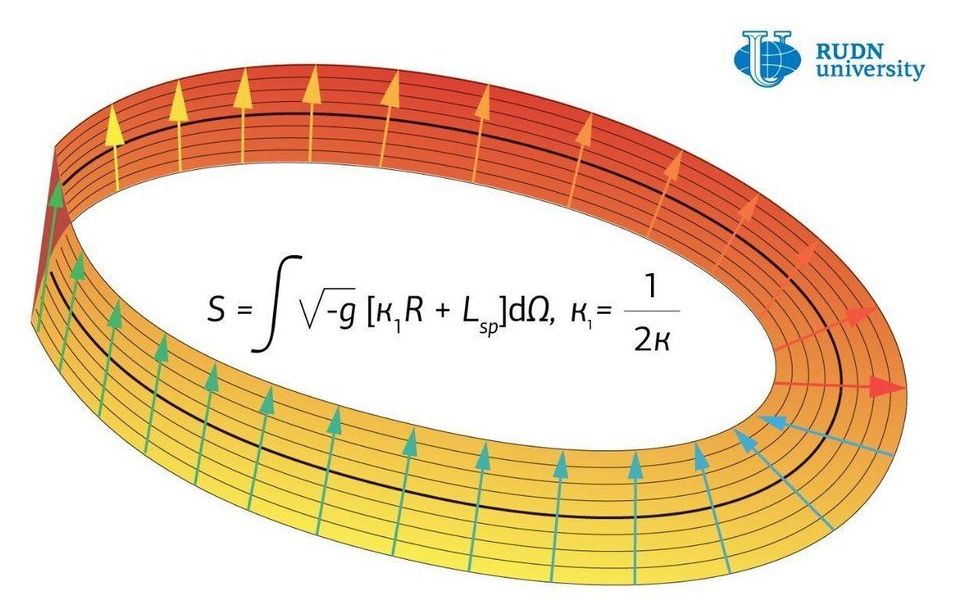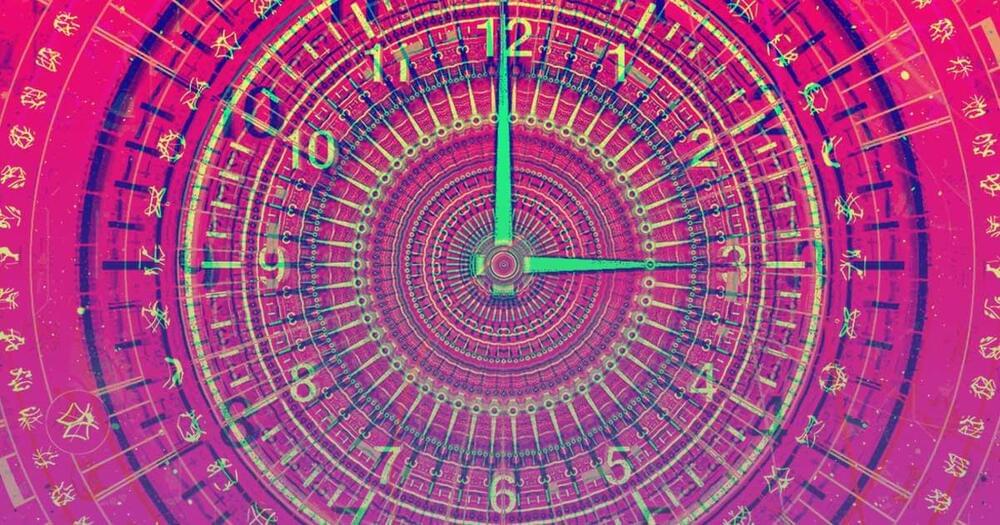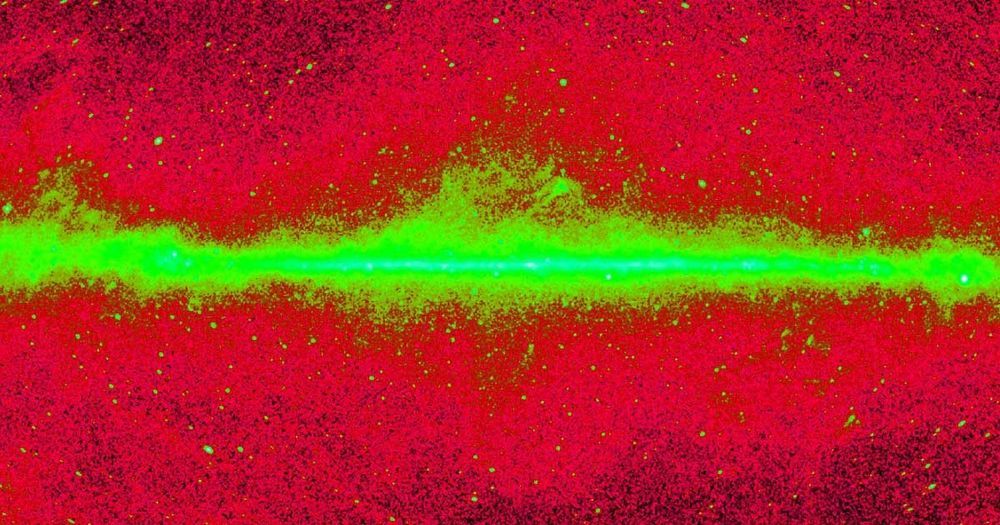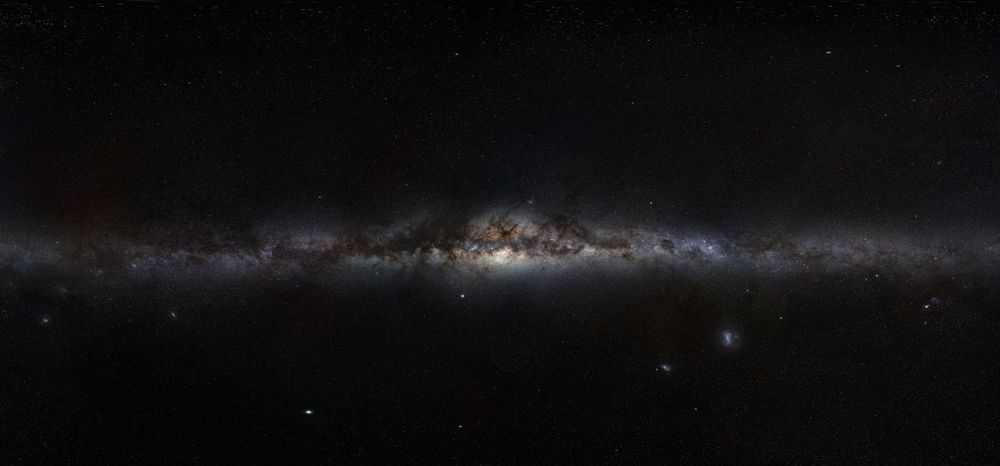
Our home galaxy has a new, super-precise mass measurement: about 890 billion times the mass of our sun. That’s 3.9 tredecillion lbs. (1.8 tredecillion kilograms), a tredecillion being a 1 with 42 zeros after it, or 1,000,000,000,000,000,000,000,000,000,000,000,000,000,000. That amounts to about 6 billion billion billion elephants, 296 quadrillion Earth masses or 135 times the mass of the supermassive black hole in the image released back in April.
Measuring the Milky Way’s mass presents some unusual difficulties, because we live in it. There’s no way to stick galaxies on scales, so researchers typically “weigh” galaxies by tracing the movements of stars inside the galaxies, which can reveal how the galaxy’s gravity is influencing those stars. But while anyone with a reasonably good telescope can spot the full Andromeda galaxy, most of the body of the Milky Way is hidden from us.
